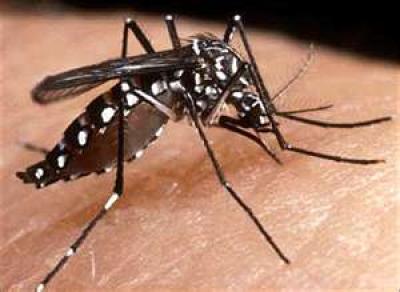Historically, tropical diseases have remained a significant threat to military operations in tropical zones,1-4 especially in the developing country environment, which are often areas characterized by extremes of poverty, environment, endemic disease, and inadequate public health resources. In the past decade, military deployments to war-like areas, such as Iraq and Afghanistan, has seen an increased focus on trauma; however recent literature suggests that tropical diseases remain issues for deployed troops. An overview of tropical infectious diseases of military importance has been published elsewhere.5
Of particular concern for military deployments have been vector-borne diseases, such as malaria. Malaria countermeasures, such as malaria chemoprophylaxis and personal protective measures, have become integral to military operations in malaria endemic areas of the world.5
In theatres of operation in the Middle East this decade, other vector-borne diseases, such as, leishmaniasis, have also become increasingly important. Cutaneous leishmaniasis (CL) presents with skin sores, usually one or more chronic skin lesions where sandflies have fed. It has been coined the “Baghdad boil” reflecting the areas of operation where it is currently being encountered, including southwest and central Asia,6 although leishmaniasis is widely distributed in other locations around India, the Mediterranean basin, central Africa and South America. Skin lesions usually develop within a few weeks of being bitten and are unresponsive to antibiotics or steroids.
In recent years, Rickettsial diseases have been a perennial problem, especially in deployments in northern Queensland. In particular, outbreaks of scrub typhus have been reported in military deployments to training areas such as Cowley Beach. 7,8 It is also one of the most prevalent infectious diseases of rural eastern and southern Asia.9 The vector is the larval stage (chiggers) of Trombiculid mites. The limited range of the host animals and the chiggers means that the areas of transmission are highly focal.10 Complications and even death can ensue in severe cases. Stephen Frances provides further information on rickettsial diseases in his paper “Rickettsial Diseases of Military Importance: An Australian Perspective” in this issue.
In addition, the importance of immunization in defence personnel has been demonstrated by outbreaks of various vaccine-preventable diseases in developing countries and the impact of seasonal and novel influenza viruses.11,12 Dennis Shanks further discusses this concern in his paper entitled “The Ability of Seasonal and Pandemic Influenza to Disrupt Military Operations”, also in this issue.
Less well known is the problem of military personnel being exposed to soil transmitted nematodes. From previous military campaigns, strongyloidiasis has been found to be the most common cause of chronic morbidity in former Australian prisoners of war and other veterans.13 In investigations six weeks after British troops were deployed for several days to Sierra Leone, the most commonly identified parasitic infections identified were hookworm infection (26%) and strongyloidiasis (9%).14 Half of these British troops had gastrointestinal symptoms and half had eosinophilia.14 More recently, strongyloides was reported in personnel deployed as part of the Regional Assistance Mission to Solomon Islands (RAMSI).15 Although albendazole has been widely used in treatment of soil transmitted nematode infections, single dose ivermectin has proved a superior alternative in the treatment of chronic strongyloidiasis.16 Given that strongyloides can be a lifelong infestation and potentially fatal, information on preventive measures for soil-transmitted nematodes should be included in pre-deployment training and post-deployment screening recommended for military personnel returning from endemic areas.15







